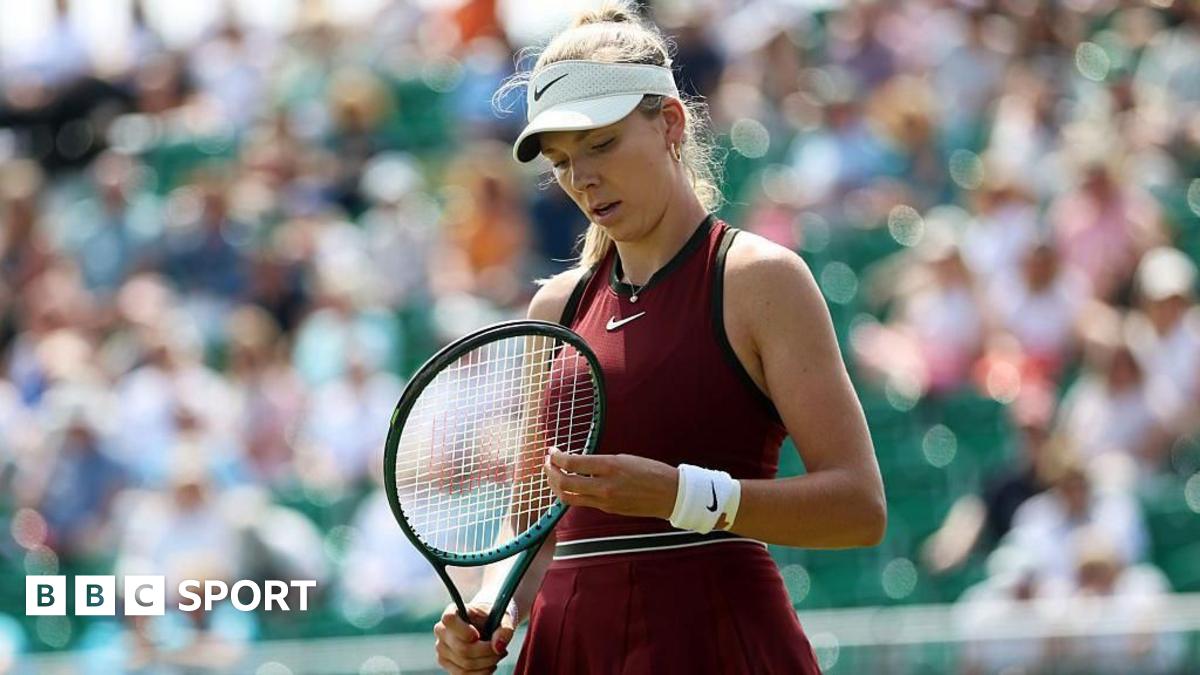I grew up fishing, hiking, making maple syrup, and enjoying outdoor activities. I still do a lot of those activities, especially fishing. One of the native fish species that are supposed to be in New England is the brook char or, as we call it, the brook trout. I have fished many times and one spot that is great for these trout is in the legendary waters of Maine, where conservationists are trying to protect the brook trout from elements that could harm or hurt them.
Other areas in New England, like New Hampshire, think differently about this. I have seen that brook trout used to be thriving in some of my fishing spots in New Hampshire lakes and rivers. Now the brook trout population is decreasing because people are putting different types of fish species into these brook trout habitats. As the climate changes, native brook trout populations become stressed. In response invasive species like brown trout have been introduced because they can withstand the warmer weather better. These newly introduced species eat the brook trout and their eggs. How can we stop these invasive species from harming the native brook trout and how can we improve the conditions causing this problem?
Living in Massachusetts we fish a lot of the local lakes and rivers like the Deerfield River, Westfield River, Swift River, Farmington River, Littleville, and Chesterfield Gorge. One particular river where I have noticed a big change in the number of brook trout is the Deerfield River. The Deerfield River used to be a brook trout fishery when I was younger, but as I grew older, I started to notice that I wasn’t catching as many brook trout as I used to. They were being replaced by brown trout. This river was slowly turning into a brown trout fishery, which is not what we wanted to happen because we want our native species to thrive in our environment. The brown trout were put in the river because that species can withstand the climate changing and the warmer water temperature. Brown trout can survive at different times of the year with no problem, whereas the brook trout do better in the cold water earlier in the season when they are spawning and the oxygen levels they need to survive are much better.
Brook trout are sensitive to the change in temperature and the higher amounts of precipitation that can increase water levels making it hard for brook trout to spawn. The most suitable habitat for brook trout is cold water streams because the lower water levels and colder water help brook trout spawn easier. High summer temperatures are bad for brook trout because their eggs are starting to hatch then, and the brown trout will eat them. When rivers are warmer there is not as much oxygen for the brook trout to breathe. Also, reduced oxygen levels might make the young brook trout weak and tired from not having the proper amount of oxygen right off the bat. Warmer weather can delay the brook trout’s spawning while the invasive species will thrive instead and replace the native brook trout.
In the warmer weather rainfall fluctuates affecting the population of brook trout. Too much rain often causes rivers to flood. In turn, flooding could break down their habitat and force brook trout to relocate to another place because these trout can’t swim as well in fast currents. In the summer I have seen after a river floods, most if not all the brook trout have relocated during this time just to stay safe. Not enough rain causes rivers and lakes to go into a drought. As water levels decrease the water gets warmer because it is more exposed to the sunlight causing the brook trout to search for colder pockets of water to stay in until the water has reached a normal level. While fishing, I have noticed that if the water is low, brook trout will not even bite because the sun is beaming straight down on the water making it increasingly warmer.
Two-thirds of brook trout habitats have been declining over the years due to the increase in temperature, invasive species, and human activity. Conservation groups, states, and federal wildlife managers prioritize protecting habitat sites to ensure brook trout survive into the future. These groups might try to find a cold body of water that has not been infested with brown trout where they can relocate brook trout so they can once again flourish in New England. In Massachusetts the population of brook trout has been reduced by 50% because of the weather and temperature change.
One of the main factors of climate change stems from the human activity of burning fossil fuels like coal, oil, and gas. These activities are polluting the air and water with chemicals that can seriously hurt any kind of fish. People are trying to fix this problem by using renewable resources like solar, wind, and water to help improve pollution problems. Conservationists are also trying to improve natural streams, channels, and structures in the water to make more room for the brook trout to swim around easily. Also, they are planting more vegetation for brook trout to eat and to provide shading that cools the water for spawning and oxygen. Additionally, dams are being made smaller. I have seen dams that adjust the water flow for the brook trout so the current isn’t as strong, and they can move around more easily. Other New England states besides Maine should consider implementing all the changes they could to help our native species out in the battle for their habitat.
From the warmer weather to not enough rain, or too much rain, the impacts of climate change can take a toll on the brook trout. While the brook trout can’t help their environment, we can help save it by making sure invasive species do not get into cold water streams, by removing obstacles that can stop the trout from swimming freely, and by trying to not harm brook trout in any other ways. Maine is putting the most effort into stopping these attacks. When bad weather hits, the state tries to recover what has been lost to the stream to keep the brook trout going strong. When it comes to climate change, we must address the challenges brook trout will face and help keep the species going strong and staying healthy for generations to come.
This month’s Climate Matters column was contributed by Logan Melloni. Logan is a 7th grade student at Agawam Junior High School.
If you purchase a product or register for an account through a link on our site, we may receive compensation. By using this site, you consent to our User Agreement and agree that your clicks, interactions, and personal information may be collected, recorded, and/or stored by us and social media and other third-party partners in accordance with our Privacy Policy.









 English (US) ·
English (US) ·